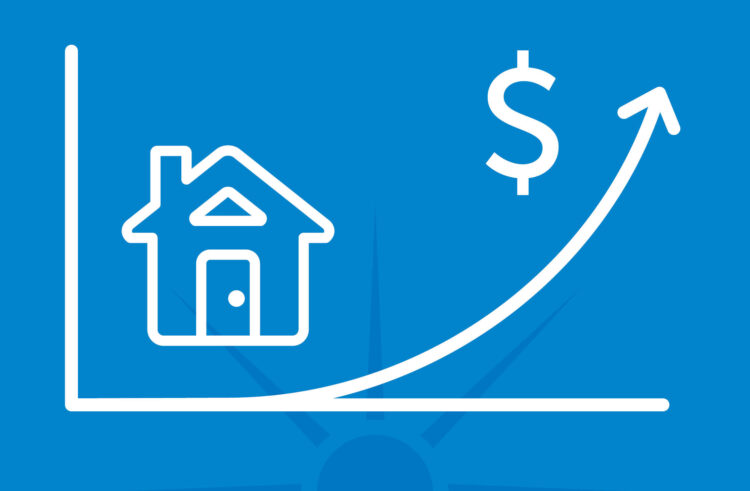The insurance market has been facing significant challenges over the past two years, largely driven by unprecedented levels of inflation. This phenomenon has impacted various sectors differently, but the auto and home insurance markets have been hit particularly hard. The cost to repair or replace vehicles, as well as the expenses associated with home and condo claims and repairs, has skyrocketed to levels unseen in recent history.
Nationwide inflation over the past couple of years has affected nearly every business segment, but the auto and home insurance markets have arguably borne the brunt of these economic pressures. While the average cost of goods in America is currently rising at about 3.5%, once a high of 9.1% in 2022, the cost of home projects has surged by nearly 15-20%. Homeowners who have sought quotes for projects such as decks, flooring, and cabinetry have been shocked by the dramatic price increases compared to five years ago. This inflationary pressure necessitates insurance companies to adjust premiums accordingly to keep pace with the rising costs.
The consequences of this inflation are evident in the actions of several insurance companies. Notably, insurers like Kemper and Electric Insurance have ceased writing new business in states like Wisconsin and Illinois because they can no longer cover the escalating losses. Prominent companies such as State Farm have also faced difficulties, with their credit ratings being downgraded in the past six months and a halt in writing new business in large states like California. Long-standing firms like Badger Mutual in Wisconsin have experienced credit downgrades twice due to their inability to pay claims. This trend suggests that even more carriers may exit the market in various states.
In response to these challenges, many insurance carriers are implementing stricter policy requirements. These measures include mandating 1% and 2% deductibles on roofs, requiring proof of home or title ownership to obtain or retain a policy, and stipulating that roofs must be 10 years old or newer to qualify for coverage. These changes reflect the insurers’ efforts to mitigate risks and manage the financial strain caused by the increased frequency and cost of claims.
Despite these industry-wide challenges, some companies have managed to navigate this turbulent period more effectively. Allstate, for example, has emerged stronger from this cycle, indicating that the worst of the home insurance increases may be over. As the market stabilizes, it is expected that inflationary increases will return to normal levels in the next cycle. The insurance industry operates in major cycles, and the current “hard market” is characterized by wildly fluctuating rates driven by the volume of claims and the costs associated with rebuilding.

































